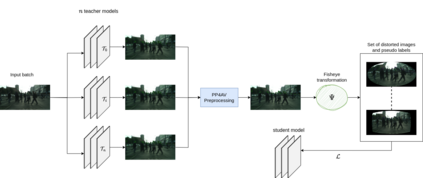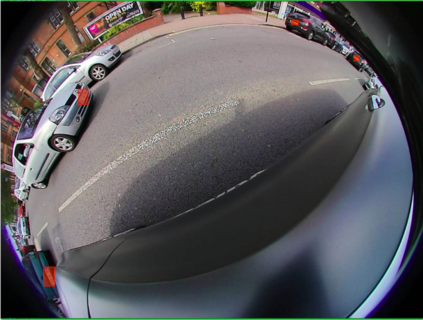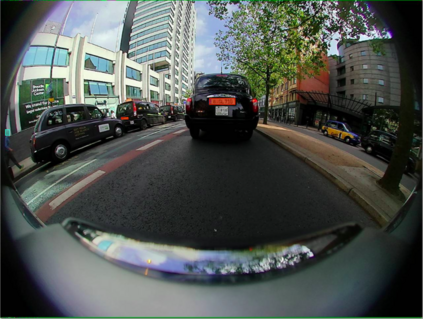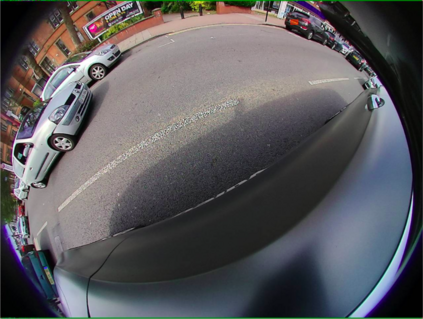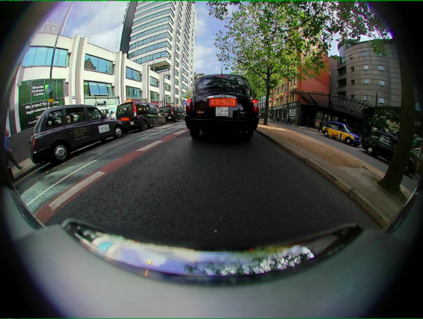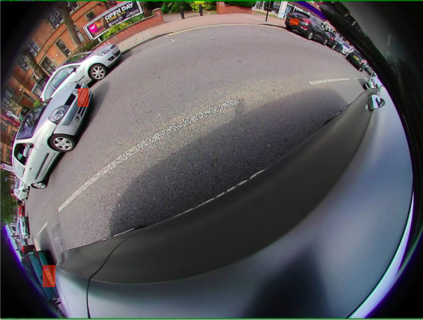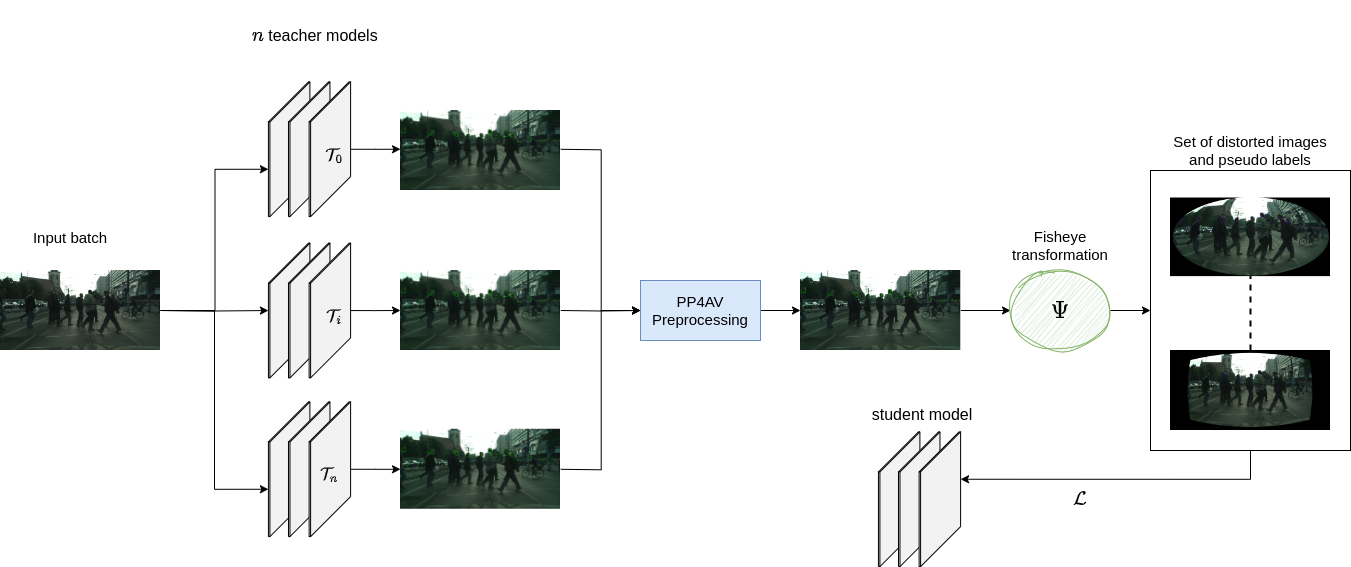In many parts of the world, the use of vast amounts of data collected on public roadways for autonomous driving has increased. In order to detect and anonymize pedestrian faces and nearby car license plates in actual road-driving scenarios, there is an urgent need for effective solutions. As more data is collected, privacy concerns regarding it increase, including but not limited to pedestrian faces and surrounding vehicle license plates. Normal and fisheye cameras are the two common camera types that are typically mounted on collection vehicles. With complex camera distortion models, fisheye camera images were deformed in contrast to regular images. It causes computer vision tasks to perform poorly when using numerous deep learning models. In this work, we pay particular attention to protecting privacy while yet adhering to several laws for fisheye camera photos taken by driverless vehicles. First, we suggest a framework for extracting face and plate identification knowledge from several teacher models. Our second suggestion is to transform both the image and the label from a regular image to fisheye-like data using a varied and realistic fisheye transformation. Finally, we run a test using the open-source PP4AV dataset. The experimental findings demonstrated that our model outperformed baseline methods when trained on data from autonomous vehicles, even when the data were softly labeled. The implementation code is available at our github: https://github.com/khaclinh/FisheyePP4AV.
翻译:暂无翻译

